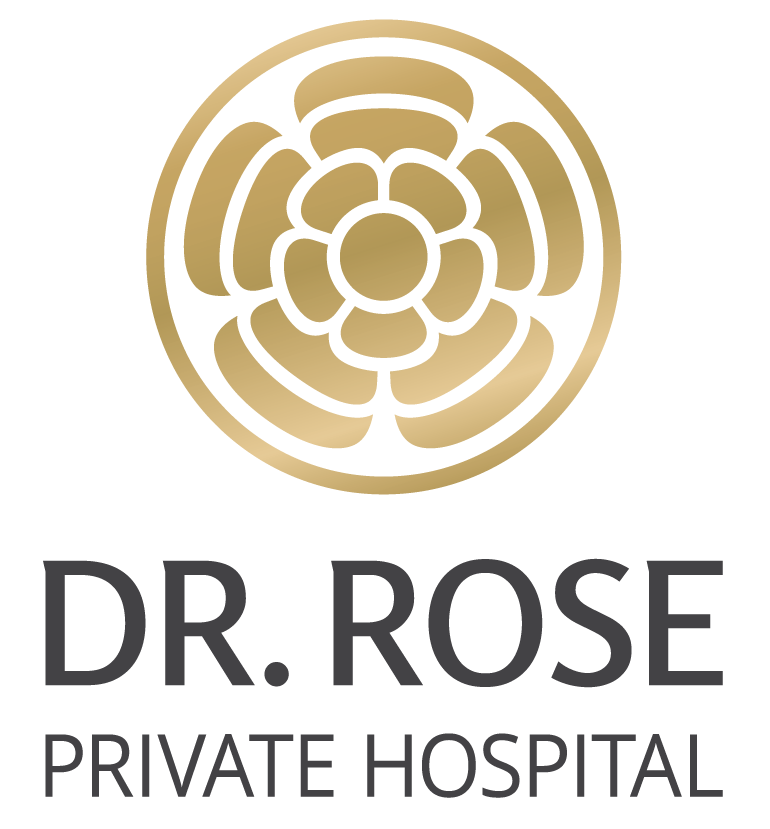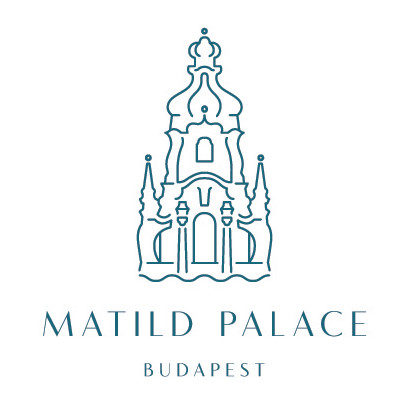Art Nouveau Posters Exhibition, National Gallery in Budapest
- 30 Sep 2025 1:10 PM

The displayed material includes some 120 posters by famous painters such as József Rippl-Rónai, János Vaszary, and Károly Ferenczy, as well as artists specialised in posters, such as Géza Faragó, Mihály Biró, Ferenc Helbing and Márton Tuszkay.
The development of poster art and its beginnings in Hungary are shown in an international context and include works by the greatest of the genre: Alphonse Mucha, Gustav Klimt, Henri de Toulouse-Lautrec, Koloman Moser and others.
In addition to masterpieces of the Art Nouveau poster and advertising graphics, the exhibition, organised as part of the Bartók Spring Art Weeks, also evokes the Art Nouveau design of the period through books, magazines, applied art objects, ceramics and furniture.
Although early Hungarian poster art produced works on a par with their prominent international counterparts, no comprehensive exhibition has yet been devoted to its presentation. The posters included in our exhibition offer visitors a glimpse into Art Nouveau environmental design, with applied art objects displayed besides the poster and its related genres.
The displayed posters advertise the most diverse subjects (newspapers, theatres, cabarets, nightclubs and commercial products), thus evoking the period in which they were made.
They allow a glimpse into middle-class homes, the nightlife in the big city at the turn of the century, the atmosphere of coffee houses, the clothing and customs of urban women and the popular leisure activities of the time, such as cycling, going to spas and glamorous balls. One of their key motifs is the woman, featured in the most diverse of roles from the self-assured lady of high society to the ethereal muse.
They proclaim the Art Nouveau ideal of beauty through their subtle painterly solutions and decorative lines delighting the eye, while in some cases they seek to appeal to the audience through humour. Through them, we can experience the atmosphere of the last “palmy years of peace” in Hungary before World War I.
More:
Hungarian National Gallery
1014 Budapest, Szent György tér 2.




























LATEST NEWS IN specials